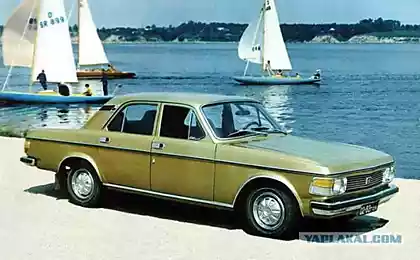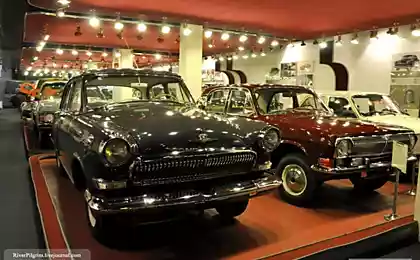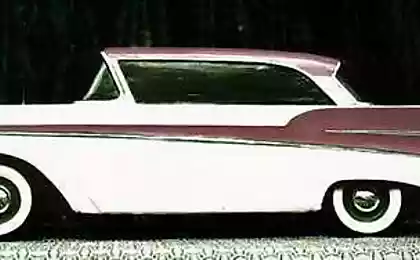1251
Rare touring the Soviet Union - "Black woman doctor"

For rare restored the car GAZ-13C sample 1978 year owner asks immodest (at present) 120 thousand dollars. Well, try to dig the story and understand - is justified whether such pricing.
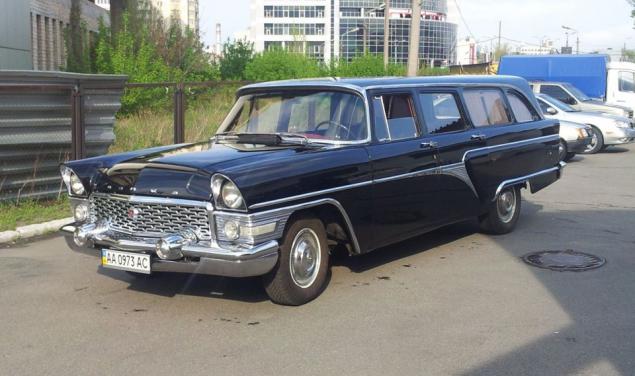
Special ambulances GAZ-13C station wagon based on the series of "The Seagull" is made for the needs of the 4th Main Directorate of the Ministry of Health, the garage special purpose (GON), as well as the Ministry of Defense. Low-volume production of these machines has been launched in the Latvian factory RAF, since 1973, the year (according to other sources - the first copy was built in 1968). To emphasize this fact, the stern cars even installed a massive label RAF.

Data on the exact number of copies of unique "nurse" is not, however, historians and experts agreed that such GAZ-13C was built only about 20 pieces (up to 1982), of which up to now only 12 copies (including the Kiev ).

Wagons were made for a fairly simple technology. We have dealt with the Gorky Automobile Plant sedans "The Seagull" cut back part of the roof and trunk, and instead set the original, longer feed, cooked in three parts and the fifth door with a window of Plexiglas. Assembly is done manually.

Despite the small number of issued wagon, we can talk about cars early and late release - they differed accordingly absence or presence of the rack in the rear side windows behind the second door. Judging by the photos, the car sold in Kiev, belongs to the late release - as the data stand in her present.
Early wagon GAZ-13C without stand in the rear windows


Motor car remained standard - 195-strong V-shaped "eight" working volume of 5, 5 liters. In tandem with the motor operates 3-band automatic transmission. Due to the increased (from 2, 66 to 3 tons) mass, engineers reinforced rear suspension of the car, by installing two additional sheets in spring.



Inside, the versatile partition set just behind the first row of seats and displayed on the ceiling above the driver's seat three keys turn the light on in the sanitary room. In the back is a stretcher. Next to them were installed on the left side boxes and containers with special medical equipment, including a bracket on a drip.

On the starboard side near the back door fastened oxygen cylinders and stun device: all for prompt rescue party bosses. Special communications equipment included an additional 180 kg of equipment. The government motorcade medical "Seagull" usually rode last.


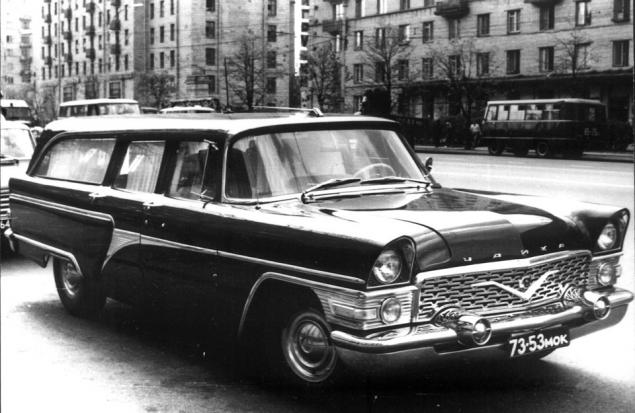
It is also known that several wagons were produced with conventional passenger cabin - without any medical equipment. There was a modification of the blind rear windows, presumably - a hearse. According to legend, in 1982 at RAF returned two wagon demanded to remake them into hearses with built-in air conditioning. Then there was the threat of the Sino-Vietnamese War and considered the likelihood that would remove from Hanoi embalmed body of Ho Chi Minh. As a result, powerful cars manned by Japanese air conditioners Toshiba and promptly sent a plane to Vietnam friendly (though when unloading on one of them damaged AKP). For these machines even built a special garage in Hanoi!
Hearse - even more rare and mysterious version

Such was the "Black woman doctor" - another bright and little-known automotive history of the Soviet Union.

